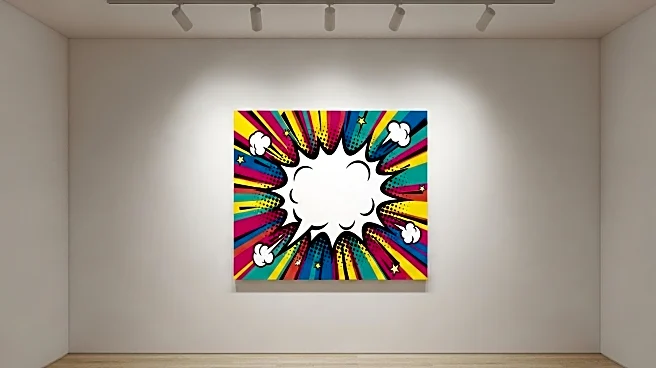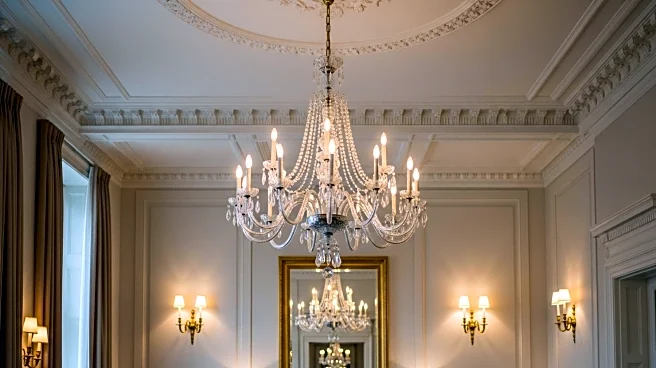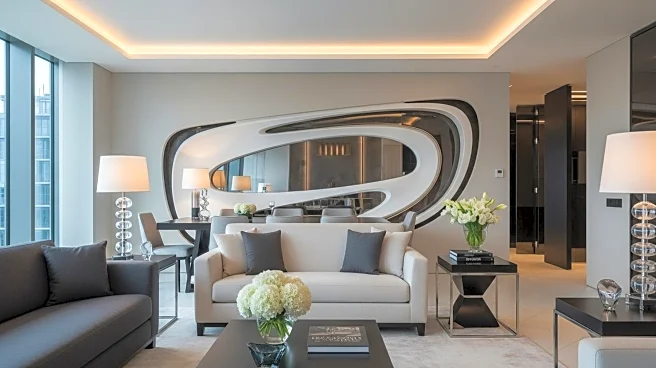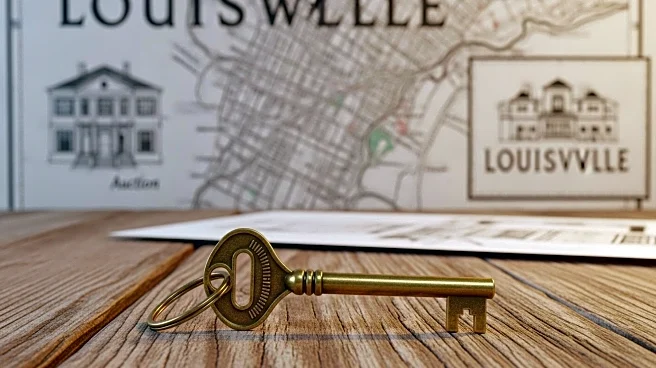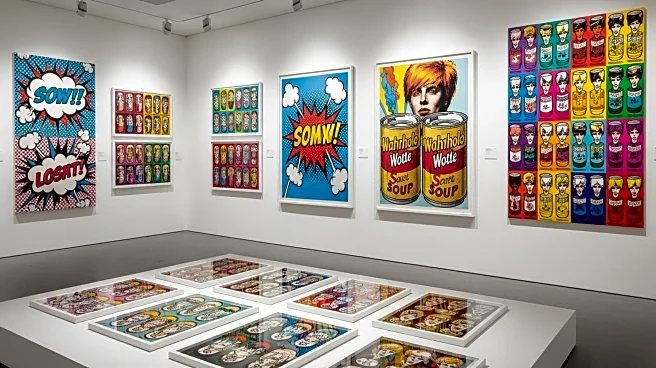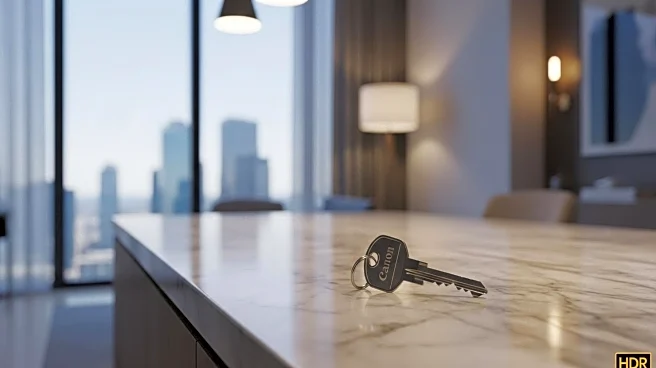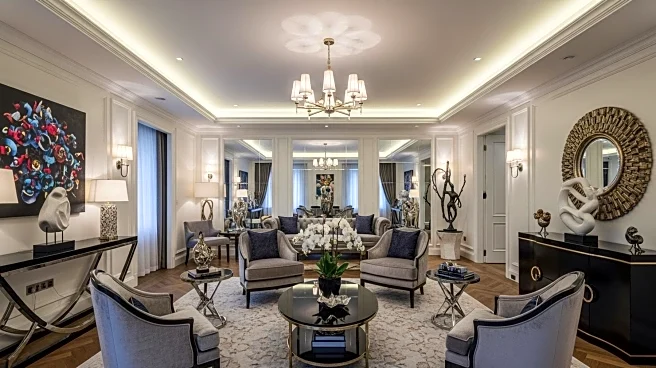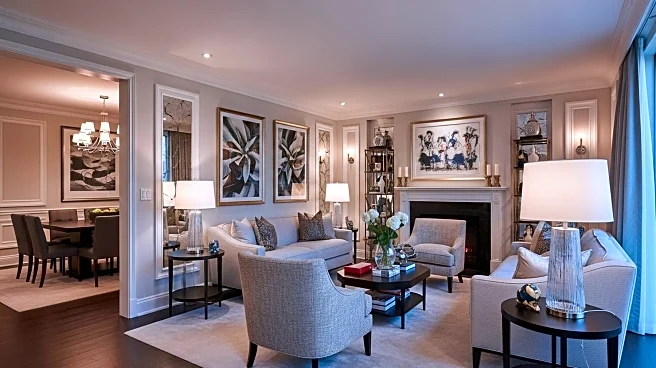What's Happening?
Louise Riggio, widow of Barnes & Noble founder Leonard Riggio, is selling off a substantial portion of their real estate and art collection, valued at over $100 million. Following Leonard's death in 2024, Louise has listed their Manhattan co-op for $17 million, a property designed by architect Rosario Candela. The couple's Palm Beach residence was sold for $81 million, and a Bridgehampton home is under contract for $7.99 million. Louise has also auctioned off art pieces by renowned artists like Andy Warhol, valued at $250 million. The sell-off reflects Louise's decision to part with properties and artworks that have been part of their lives for decades.
Why It's Important?
The sale of these high-value properties and artworks marks a significant shift in the Riggio family's legacy, impacting the real estate and art markets. Louise Riggio's decision to sell these assets may influence market trends, particularly in luxury real estate and art auctions. The Riggio family's history with Barnes & Noble and their contributions to the art world highlight the intersection of business success and cultural patronage. This sell-off may also reflect broader trends in estate management and asset liquidation among wealthy individuals, potentially affecting market dynamics.
What's Next?
As Louise Riggio continues to sell off properties and artworks, the real estate and art markets may see increased interest in these high-value assets. Potential buyers and collectors may be drawn to the prestige associated with the Riggio name and the historical significance of the properties and artworks. The completion of these sales could lead to further auctions and listings, influencing market prices and availability. Louise's actions may also inspire other individuals in similar positions to reassess their asset management strategies.
Beyond the Headlines
The Riggio family's sell-off raises questions about the preservation of cultural heritage and the role of private collectors in maintaining public access to art. Louise's decision to sell rather than store artworks reflects a commitment to ensuring these pieces are seen and appreciated, highlighting ethical considerations in art ownership. Additionally, the sale of historically significant properties may impact local communities and architectural preservation efforts, prompting discussions about the balance between private ownership and public interest.


